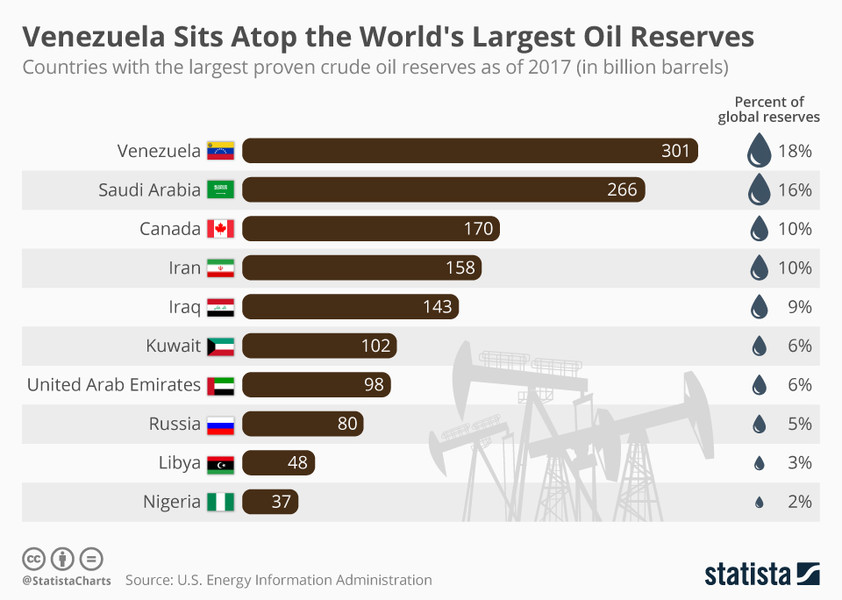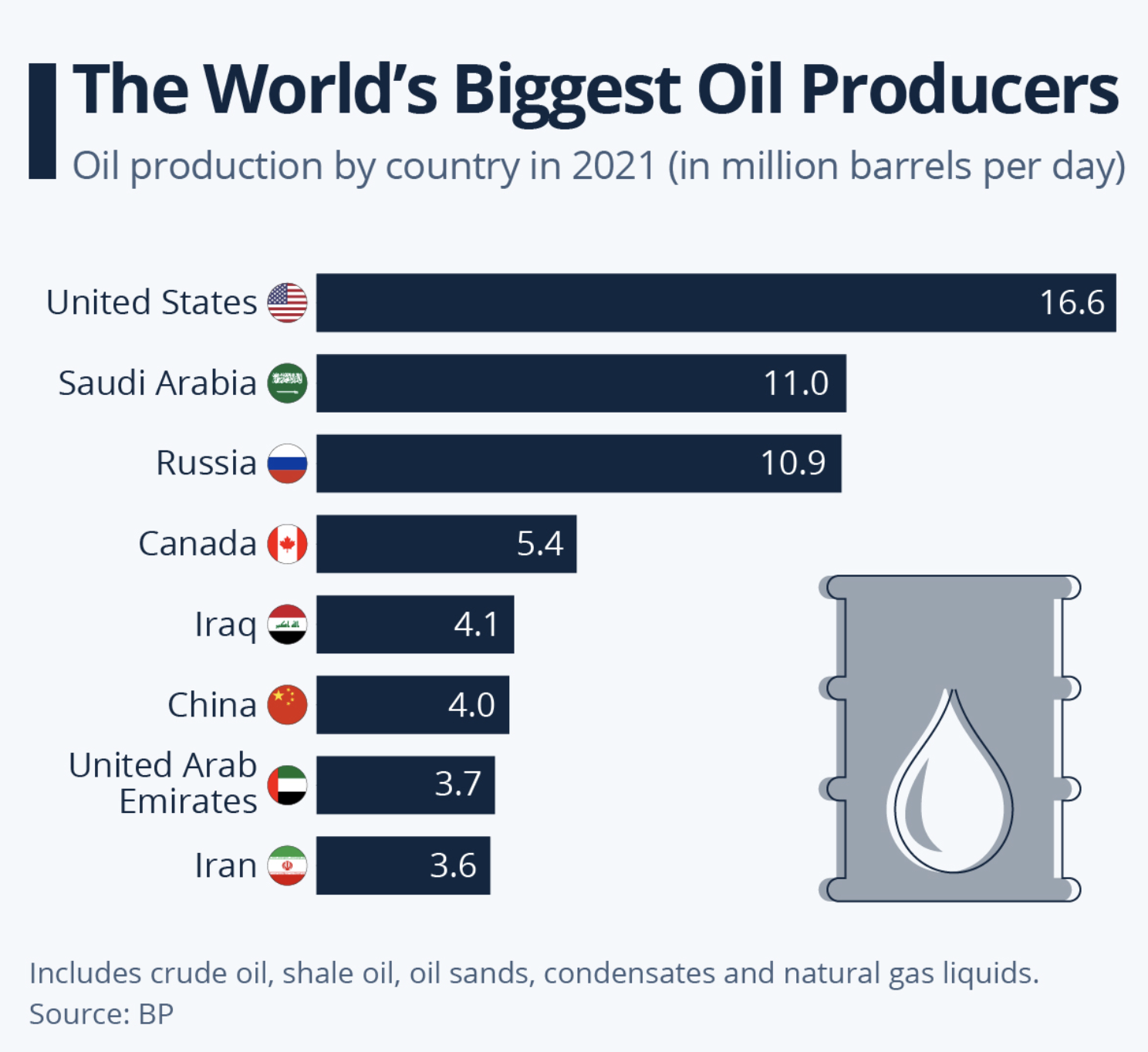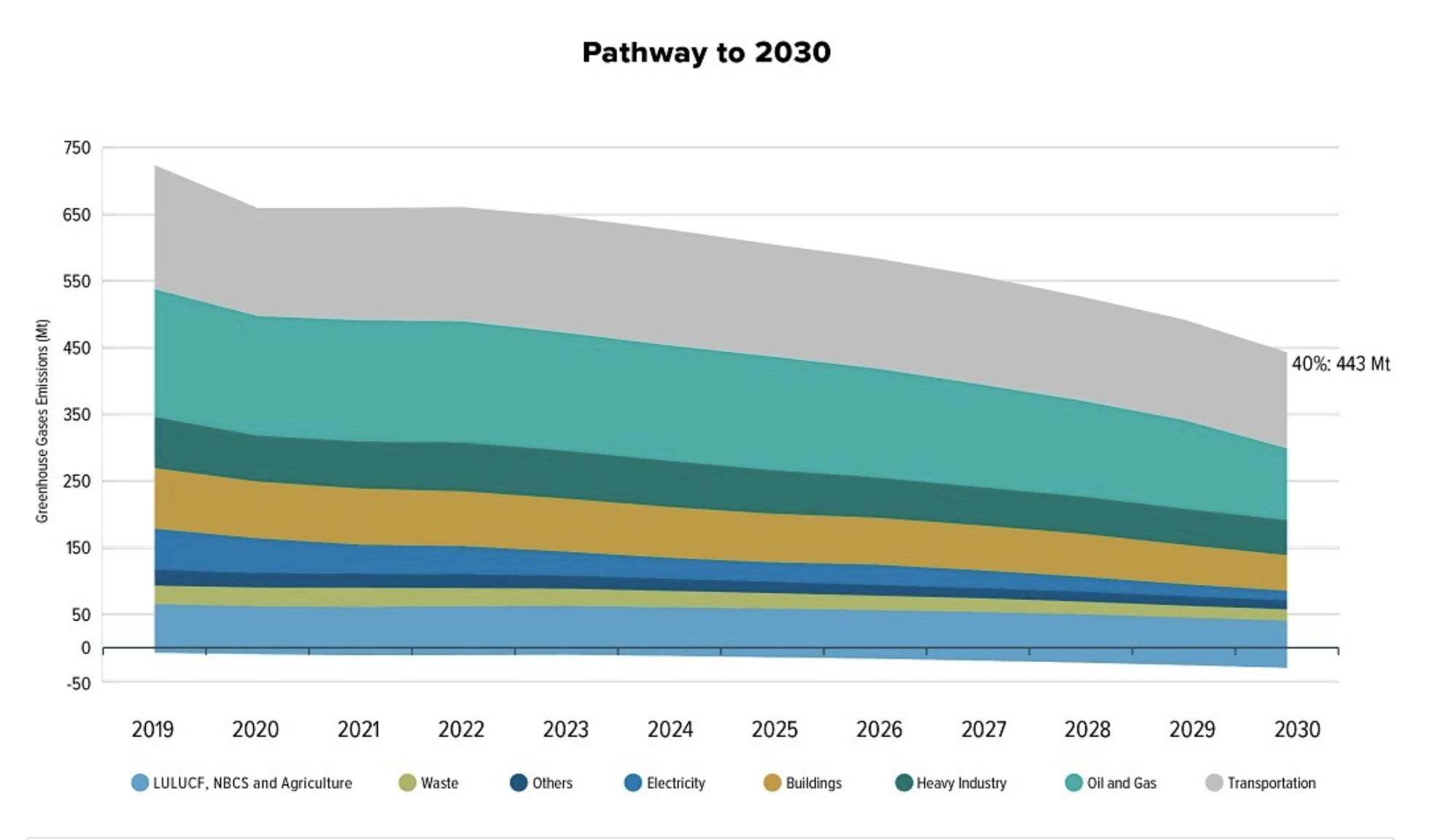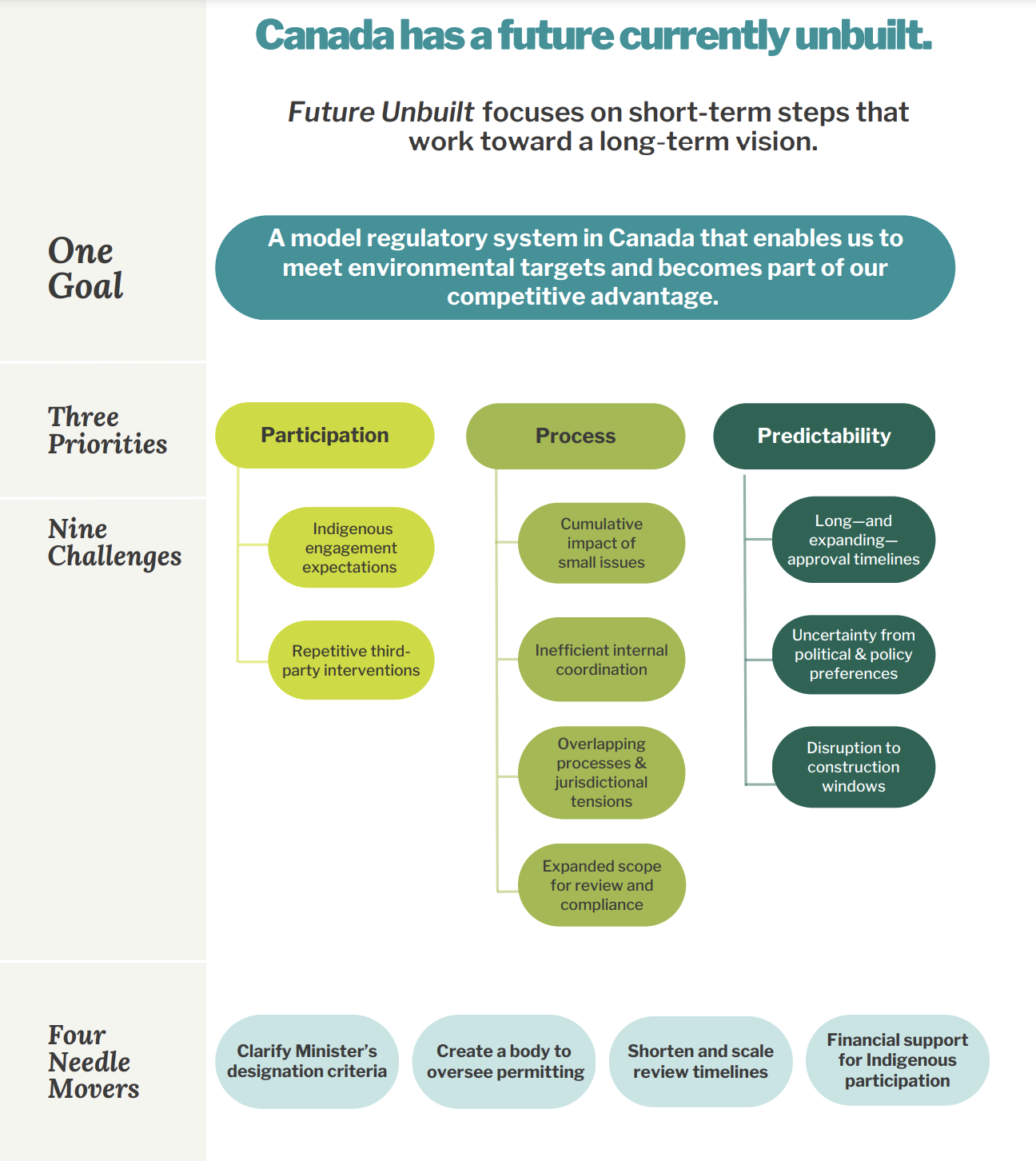The OGM Interactive Edition - Summer 2023 - Read Now!
View Past IssuesThe world is globalizing. Canada is resource-rich and has an enormous opportunity. In the energy sector, Canada is among the top players in the world. The country has an unprecedented opportunity to avail of its resources and become a powerhouse, much like Norway has achieved. Will Canada do it?
The only thing between being a world-class power nation and not achieving lucrative energy goals is people and processes. Studying countries like Norway and how they implemented the Norwegian Petroleum Directorate to ensure speedy project approvals, maximize citizens’ interests, and ensure national profitability, was key to Norway’s success. So much so that they now own the world’s largest $trillion trust fund and have assets spanning the globe.
It’s ironic that Canada has the third largest oil reserves, yet the USA is the world’s largest oil producer. Understanding this, one realizes that processes and people build a nation, not resources. The USA has an assertive investment climate, faster project approval processes, and is project-focused, understanding that these key elements are the backbone for national prosperity.


Primarily because of Alberta’s oil and gas industry, Canada is the fourth-largest producer of oil and the fifth-largest producer of gas. The Business Council of Alberta is a non-partisan, not-for-profit organization dedicated to building a better Alberta in a more dynamic Canada. The Business Council of Alberta supports businesses in the energy industry and all other sectors by advocating for policies that support economic growth and development and by working with other organizations to improve the province’s economy and regulatory systems.
The Business Council of Alberta has been involved in various initiatives to improve the country’s economy and regulatory systems, including the recent release of a report titled “Future Unbuilt: Transforming Canada’s Regulatory Systems to Achieve Environmental, Economic, and Indigenous Partnership Goals.”
At the helm of the Business Council of Alberta is President, Adam Legge. In this role, he oversees the organization’s initiatives and advocates for policies that support the province’s economic growth and development. Adam explains, “The Future Unbuilt report delves into the complex energy landscape in Alberta, highlighting the challenges faced by the province and offering visionary solutions to pave the way for a sustainable future. Our goal is to illustrate the key challenges and solutions needed in our policies to achieve our long-term sustainable goals.”
Reducing emissions is a requirement of all Canadian companies and individuals. Adam Legge says, “Our member companies are working hard to tackle the issue of emissions. We know that Alberta is a significant contributor to Canada’s emissions profile, and we want to be a contributor to reducing emissions in this country. We have a firm belief that the path to net zero runs through Alberta and Alberta and its companies need to be heavily engaged and represented in the policy and investment landscape at the federal levels.”
As Norway and other energy nations have shown us, there is an opportunity to meet world energy demand and reduce emissions simultaneously. The Federal Government has put in place its Emissions Reduction Plan, however, Adam Legge believes current targets are not obtainable. He says, “We hope that the federal government is open to being flexible and mindful of regional realities with respect to power generation as we don’t see these current net-zero goals as being achievable based on our current policy and investment landscape in Canada, at least not by 2035.”

To meet Canada’s emission reduction targets, the country would need to invest in technology and infrastructure at a scale and pace that has not yet been achieved in Canadian history. The Business Council of Alberta report cites estimates that investment of $125 to $140 billion annually is needed until 2050 to achieve current goals. “Our regulatory processes approvals for major projects can take on average seven to nine years to be permitted and approved. This regulatory approval and permitting process needs to be reduced in order for us to achieve these aggressive goals. The United States is winning from an investment standpoint. We need to up our game in this regard. We also need to get our permitting process down to one-three years, depending on the complexity of the project,” Adam explains.
“We need to clarify the Crown and the proponent rules with Indigenous consultation requirements. It is the duty of the Crown to engage with Indigenous communities and we have not been consistent with that,” Adam Legge says.
“Another factor that impacts major projects and our ability to reach aggressive climate goals is repetitive interventions from third parties. For example, organizations that may not be from our country have intervened and caused delays in projects. We need to reintroduce the concept of “standing” whereby any interventions should only come from those who are impacted directly by that project. Lastly, the process of approvals has to be streamlined. Information should not be duplicated. Responses must be streamlined and predictable so that project owners have confidence and certainty in their project investments.”

This summary outlines the key challenges identified in the report and the innovative solutions proposed to address them.
Challenges
Solutions:
The report identifies four “needle movers” the federal government can implement right away to address the challenges:

The Future Unbuilt report envisions a transformative future for Alberta’s energy landscape by addressing challenges head-on through innovative solutions. By committing to renewable energy expansion, embracing technological advancements, and fostering collaborative partnerships, Canada can achieve a sustainable, low-carbon energy ecosystem while ensuring economic growth and environmental preservation. Implementing these visionary solutions will pave the way for a greener, more resilient energy future, positioning Canada as a global leader in sustainable development and renewable energy innovation.
Source & Images: BP, Statistica, The Business Council of Alberta, futureunbuilt.com
Did you enjoy this article?